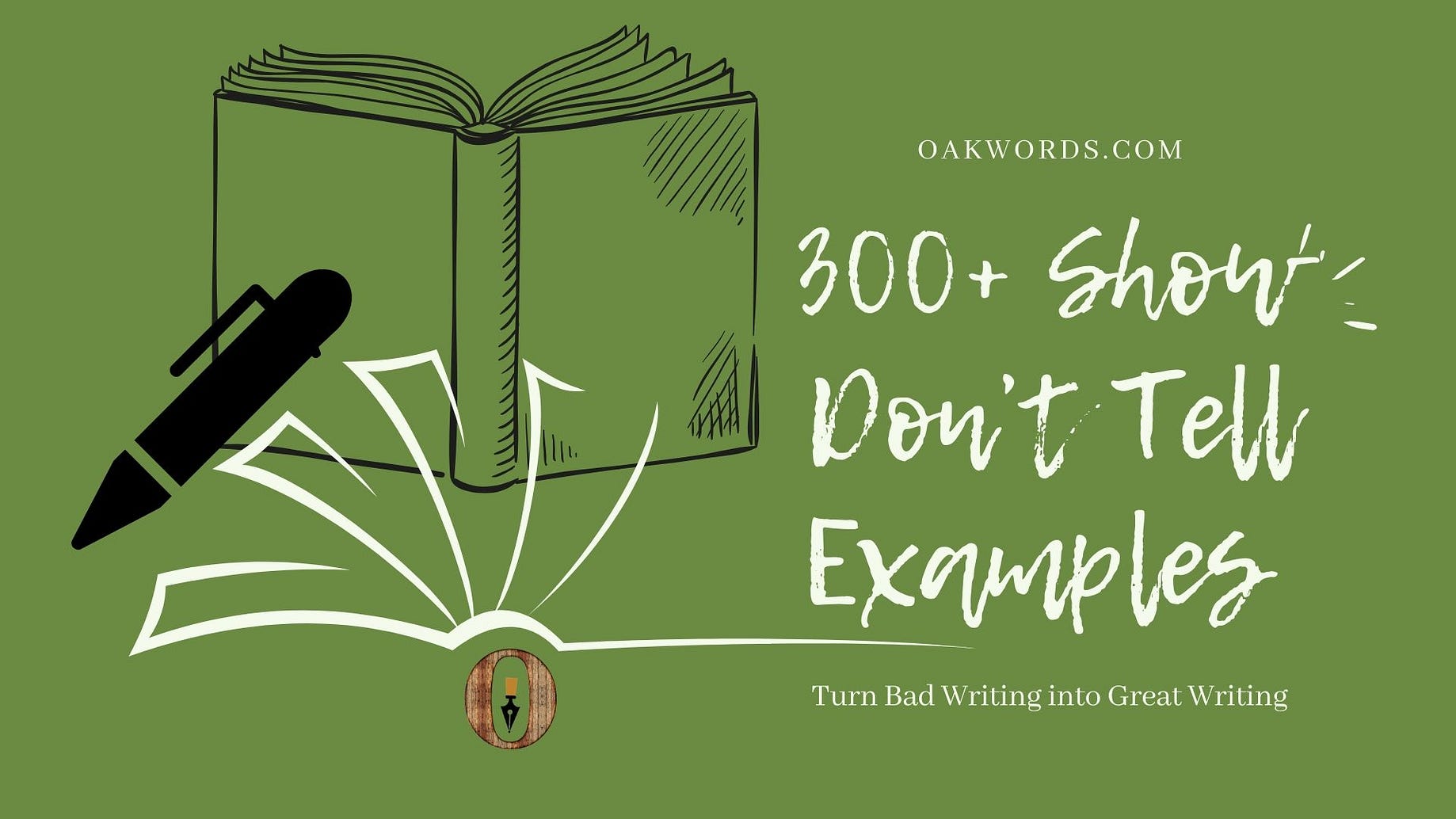

Similes, as opposed to metaphors, use like or as to describe and compare. Metaphors figuratively describe one thing as actually being another, using a type of comparison to illustrate how two seemingly different things are actually similar in some way. These are the six popular types of imagery. Metaphors can evoke figurative imagery within a literary work. For example, satin itself denotes softness, saying soft satin further explains the touch, related to the sense organ of skin. For example - The soft satin rolled beneath her knees. Tactile Imagery − It is related to the sense of touch. It signifies all the sensory perceptions referred to in a poem, whether by literal description, allusion, simile, or metaphor. This example is related to the auditory imagery of hearing. IMAGERY: A common term of variable meaning, imagery includes the 'mental pictures' that readers experience with a passage of literature.

Here, you can see that there is a contrast of imagery between the first stanza and the final stanza: The bear in the way, the painter at Padua / In a great plumed hat. You need to look for any oppositional or different ideas, images, characters, objects etc. The word ‘screeched’ here, is symbolic of the movement.Īuditory Imagery − It is related to the sense of hearing which uses ears. Step 1: Read the text and identify any contrasts. For example - the wheels screeched just as the car stopped. Kinesthetic Imagery − It is related to the sense of motion. “hot coffee” and “aroma” evoke our sense of smell or olfactory. For example- He inhaled the aroma of hot coffee. Olfactory Imagery − It is used to denote the sense of smell when the smell fills the room and infuses through our nostrils. “soft” and “sweet”, when associated with strawberries, have an effect on our sense of taste, or gustatory sense. Hauser, we use imagery in speech and writing 'not only to beautify but also to create. Occasionally the term imagery is also used to refer to figurative language, in particular metaphors and similes.

For example - The fresh and juicy strawberry is very soft and sweet. Imagery is vivid descriptive language that appeals to one or more of the senses (sight, hearing, touch, smell, and taste). Gustatory Imagery − This imagery uses the sense of taste. A common example of visual imagery is “A host, of golden daffodils Beside the lake, beneath the trees, Fluttering and dancing in the breeze.” from the poem "I Wandered Lonely as a Cloud" by William Wordsworth. Visual Imagery − It is the imagery related to the sense of vision or sight. The word “imagery” is associated with imagining through mental pictures. Imagery involves the use of figurative language to represent objects, actions, and ideas in such a way that it appeals to our physical senses. Imagery is the literary term used for language and description that appeal to our five senses.


 0 kommentar(er)
0 kommentar(er)
